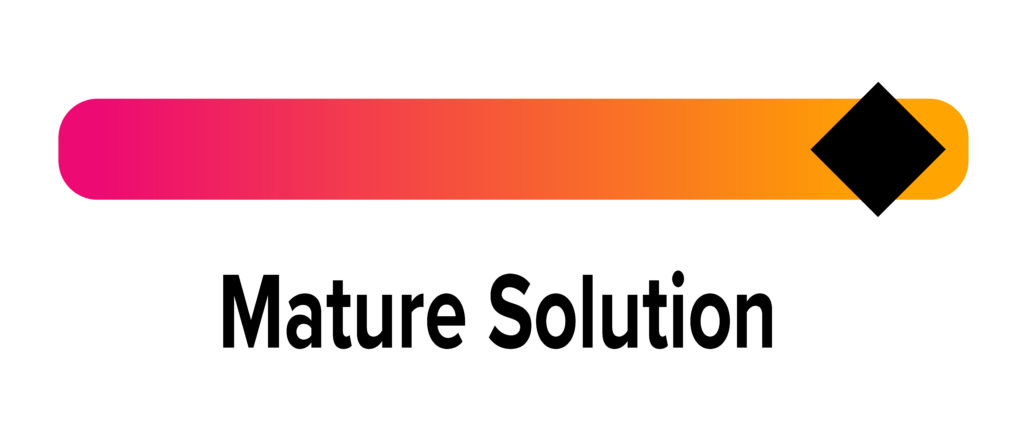What is it?
Rendering is a high-heat process that separates and converts “waste” animal tissue into usable materials and by-products.
Rendering provides a recycling option for the parts of the cattle that are not consumed by humans, including fats, bones, and certain proteins. These meat by-products can be collected from farms, abattoirs, restaurants, and local butchers. After rendering, the separated fats and proteins are collected and converted into feed ingredients for pets and livestock animals, as well as other consumer products such as tallow.
Challenges
- These services may not be readily available to operators in rural locations.
- Depending on the size of the operation, they may have to pay to have a service come and collect the deadstock.


How Does it Prevent AMR?
Sending livestock by-products to rendering plants diverts this waste from entering landfills where they could spread harmful contaminants into the environment. Additionally, the high temperature of the rendering process destroys all bacteria and other pathogens. By limiting the chances of contamination, rendering helps to reduce the need for antimicrobial use and prevent AMR.

WCRL has operations in Saskatoon, Edmonton, Calgary, Lethbridge, Vancouver and Nanaimo.

